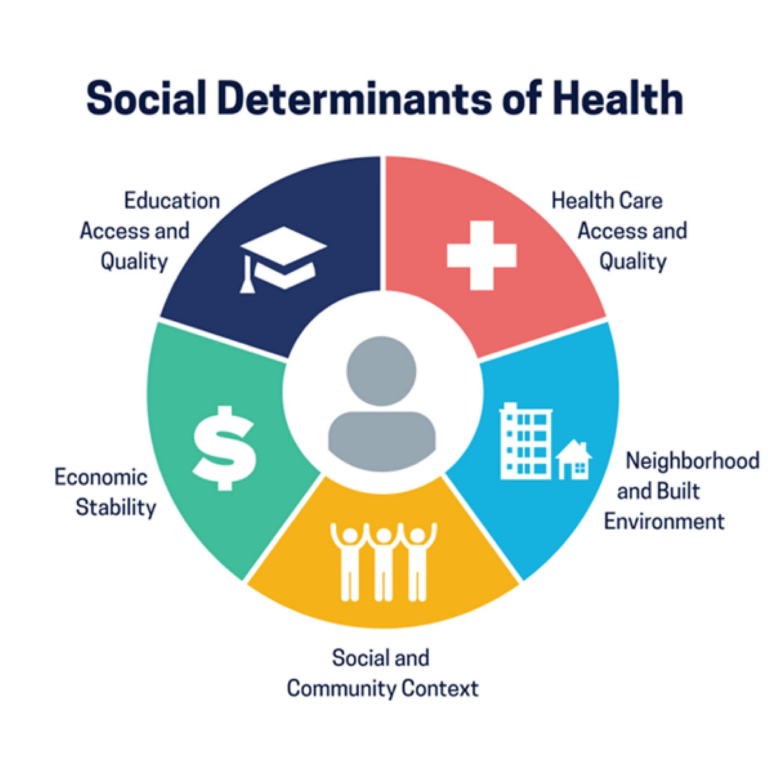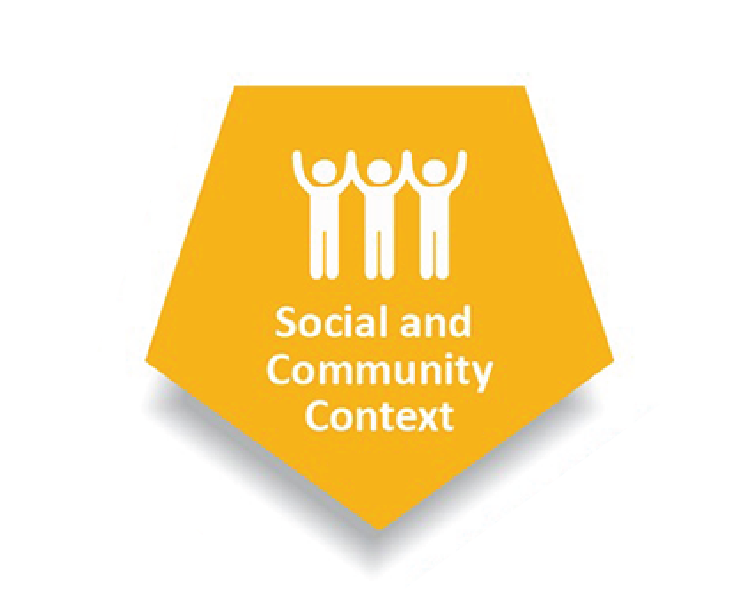Linked to important social determining factors like the ability to make health-related decisions, and access to employment opportunities, education directly impacts an individual’s overall health outcomes. While education is typically seen as widely available in the United States through means of public schooling, taking a deeper look into components like the quality of education and an individual’s likelihood of completing their education is critical to this conversation. The social determinants of health (SDoH), including education access and quality, give us a framework for understanding how an individual’s environment contributes to their opportunities and overall health. Keep reading for a deeper understanding of education access and its relationship to health outcomes. We’ll also take a peek at how this relates to substance use disorder, and how you can put this into practice while working within the recovery industry.
What is Education Access and Quality?
Education access and quality refers to an individual having the means to participate in education programs from elementary, secondary and higher education to training programs and other continuing education opportunities. This domain also references the quality of education that is made available. This is based on learning outcomes, social and networking opportunities and academic standards held by the schooling institution.
Currently the United States has a graduation rate of 87% – demonstrating that most students who attend secondary school are expected to complete high school. While the graduation rate is climbing in a positive direction, evidence shows that only around 37% of adults attended a higher education institution – a high contrast to the graduation rate. While choosing to not pursue a degree or higher education does account for some of this, access to higher education remains a large financial roadblock for many. In addition to this, while an 87% graduation rate communicates success, the “quality” factor within this educational institution is then brought into question. It is explicitly shown through evidence that there are serious inequities in public school education, we’ll dive into this a bit more below.
Why is This Important?
As we mentioned previously, there are large funding gaps and other inequities observed within public education. This is one of the more pressing reasons why we seek to understand education access and quality. From outdated textbooks, unsafe buildings, lower access to technology, and less funding around extracurricular activities and college prep programs. There is a huge disparity among public education. Currently, these factors are largely determined by the income of the community surrounding and state and federal funding offered to each district.
Think of it this way: school districts that perform better academically receive more funding and support, often in the form of updated facilities, textbooks and resources. On top of this, higher income communities can offer additional funding towards these districts. In turn, these school districts continue to thrive and achieve higher levels of academic performance.
But what about the districts that historically have not been able to update their facilities and resources within?
They are perpetually left behind, leaving the students that walk through the doors at a disadvantage compared to other districts. With 1 in 10 people in the U.S. currently experiencing poverty, understanding how educational inequities play a role in this is critical. Acknowledging that individuals may not have access to the same quality of education, or educational opportunities can help us to meet them where they are and provide them with effective resources.
Supporting Access to Education With Clients
When assisting clients with educational resources, it is important to note that each person has followed a different educational track. Essential resources may differ from client to client, requiring you to take a deeper look into what each client may need. There may be roadblocks in their past that prevented them from accessing higher education, or made it difficult for them to successfully graduate from secondary school. Understanding these components will help you to support them in the most effective way.
Using the SDoH as a framework, work with your client to uncover their experiences with education throughout their lifetime, and how this may have contributed to their access to quality education and resources. Some questions you might consider:
- Were they able to attend school in their youth?
Did they regularly attend school? - Were they able to complete their education?
- Did they have access to higher education opportunities?
- Was your client unable to attend or complete their school?
- Could they benefit from returning to school or completing any number of continuing education programs?
Assess the circumstances fully, and let this serve as a guiding light while you find specific resources that can effectively support your client in achieving access to educational tools. Remember, your client might not have experience with these systems and processes. Your role is to assist them in learning how to navigate this new territory.
Put it Into Practice!
Utilizing the social determinants of health (SDoH) will inform the support you offer to clients. Understanding the role that environmental and social factors played in determining an individual’s health outcomes can offer insight into areas of support. After all, working as a Peer is more than simply providing resources to clients. You are someone who seeks to understand their experiences to inform their choices moving forward. With an understanding of the social determinants of health, you can better inform each client individually, further influencing positive recovery outcomes.
Learn More About the Social Determinants of Health
Created by Peers, for Peers – visit the Kyros Peer Resource hub. Find other education-related resources and more here to assist you in providing tailored support to your clients.
Sources:
Annual Review on Public Health. “The Social Determinants of Health: Coming of Age.” Paula Braveman, Susan Egerter, and David R. Williams, 2011. https://www.annualreviews.org/doi/pdf/10.1146/annurev-publhealth-031210-101218.
Accessed 27 July, 2023.
Institute of Educational Services. “Public High School Graduation Rates.” National Center for Education Statistics, 2023. https://nces.ed.gov/programs/coe/indicator/coi/high-school-graduation-rates#:~:text=In%20school%20year%202019%E2%80%9320,%E2%80%9311%20(79%20percent).
Accessed 28 July 2023.
Statista. “Educational attainment distribution in the United States from 1960 to 2021.” Statista, 2021. https://www.statista.com/statistics/184260/educational-attainment-in-the-us/.
Accessed 28 July 2023.
U.S. Department of Health and Human Services. “Social Determinants of Health – Education Access and Quality.” Healthy People 2030, 2023. https://health.gov/healthypeople/priority-areas/social-determinants-health.
Accessed 28 July 2023.




